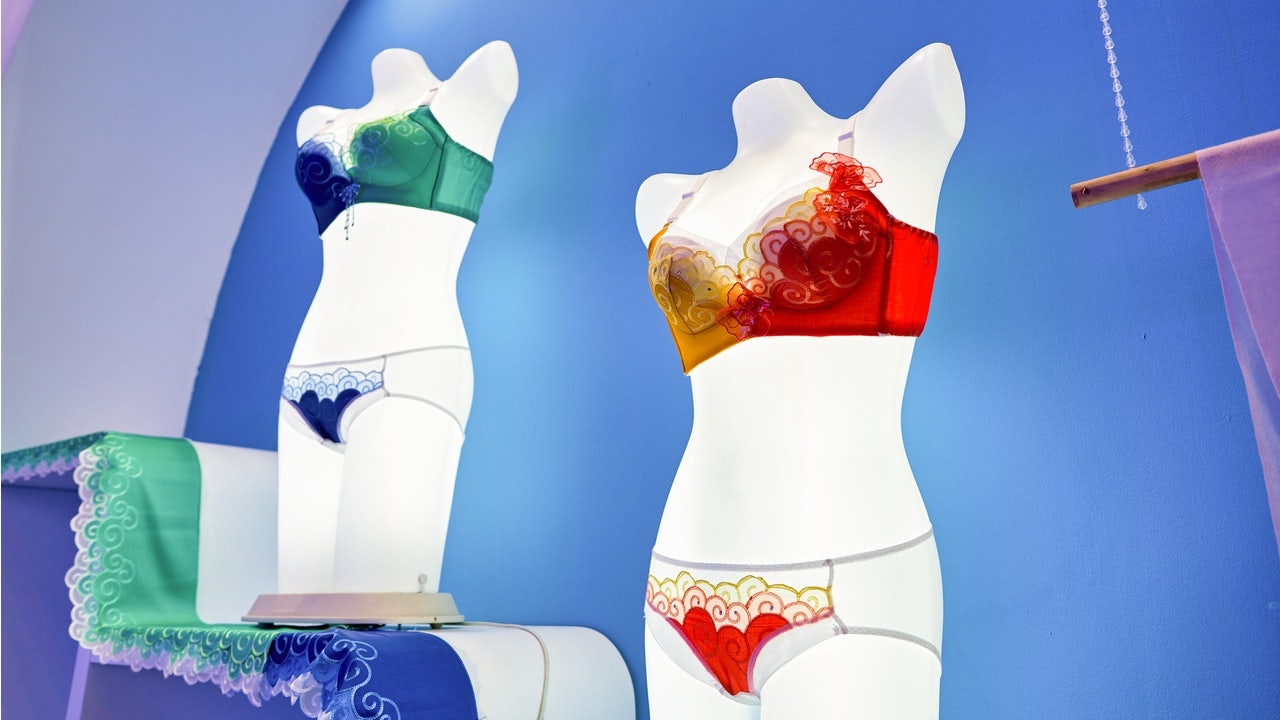Key Takeaways:#
Smart retailers have capitalized on opportunities presented by the stay-at-home economy when comfort and health were prioritized to the detriment of sexy intimates.
Some retailers and brands are anxious about expanding to China because of the high costs associated with an international expansion strategy and China’s complex regulatory framework.
Global brands are mitigating risks with partnership agreements with distribution and management companies in China.
The Chinese underwear market was valued at 61 billion in 2020, according to iiMedia Research Group. And according to CBNData’s Underwear Industry Trends Research, in 2019, women's underwear occupied the largest market share (over 60 percent)
.#
The lingerie market in China is thriving despite the COVID-19 pandemic, and analysts are predicting a significant CAGR by 2025. Since then, smart retailers have capitalized on the opportunities presented by the stay-at-home economy, which prioritized comfort and health to the detriment of sexy intimates.
According to a report by TechSci Research, the increasing purchase power of China’s giant middle class and its Westernization are shaping market trends. The report also highlights that manufacturers targeting China have a user-centered design strategy where they only produce lines that respond to the needs and desires of their audience.
Yet, despite the market’s potential, some retailers and brands are anxious about expanding to China, which is understandable if we consider the competitiveness of the market, the high costs associated with an international expansion strategy, and China’s complex regulatory framework. However, other global brands are mitigating risks by entering partnership agreements with distribution and management companies in China.
One of those companies, Privet, focuses on lingerie and is “the leading distribution and management company in China,” according to its Founder, Olivier Pichon.
Privet offers “B2B professional communications services to the operation of mono-brand and multi-brand stores.” And, since its founding in 2014, it has serviced more than 50 global lingerie brands, offering them personalized marketing solutions and assisting their China market entry strategies.
Working in omnichannel accelerations, Privet has partnered exclusively with brands like Aubade, Chantelle, and Eberjey. “We started from wholesale, and now, we run mainly e-commerce operations with multi [Lingerset] and mono-brand stores,” said Pichon.
Physical retailers generally have higher conversion rates than online retailers. But Privet has “the best conversion rate,” according to its founder. Successful branding and the capacity to understand consumer buying behaviors are effective strategies in increasing conversion rates. Yet, those don’t always generate high sales and profits.
That is especially true in a highly polarized world where purpose-driven consumers want brands to share their values. A beautiful advert might grab consumer attention and generate some engagement, but it doesn’t necessarily mean consumers will buy.
The most successful brands use “social listing” to understand market directions, observe trends, and follow consumer preferences. And those who refuse to listen to consumers will fail.
Take, for example, Victoria's Secret. Despite the uproar and backlash against its sexist marketing campaigns, the brand continued to push the same image of “bombshell sexiness.” As such, not even using celebrities like Zhou Dongyu and Yang Mi as brand ambassadors could save the brand in China.
On the other hand, local brands like Ubras and Aimer have won hearts with their one-size-fits-all bras and comfortable shapewear. Global brand Chantelle is also conquering the market with its Soft Stretch collection because consumers appreciate the craftsmanship, “long history, and innovation” of the French brand, Pichon believes.

Distrust, nihilism, and apathy rule post-pandemic, and consumers are demanding brand authenticity and trust. As such, physical retail is better equipped to build and nurture a sense of community and transparency.
Moreover, physical retail is especially important for lingerie brands because it offers consumers the opportunity to touch and feel products. “Fitting is the key,” says Pichon. He believes that most women “still don’t know their size,” as sizing can be different across brands. “Brick and mortar stores can offer an outstanding experience,” he adds.
Today, lingerie brands that can strengthen their omnichannel efforts, provide seamless experiences, and offer personalized interactions will fortify their brand equity and reinforce their market positions. Physical retail will continue to rule, but digital is reinventing the terms of engagement.

